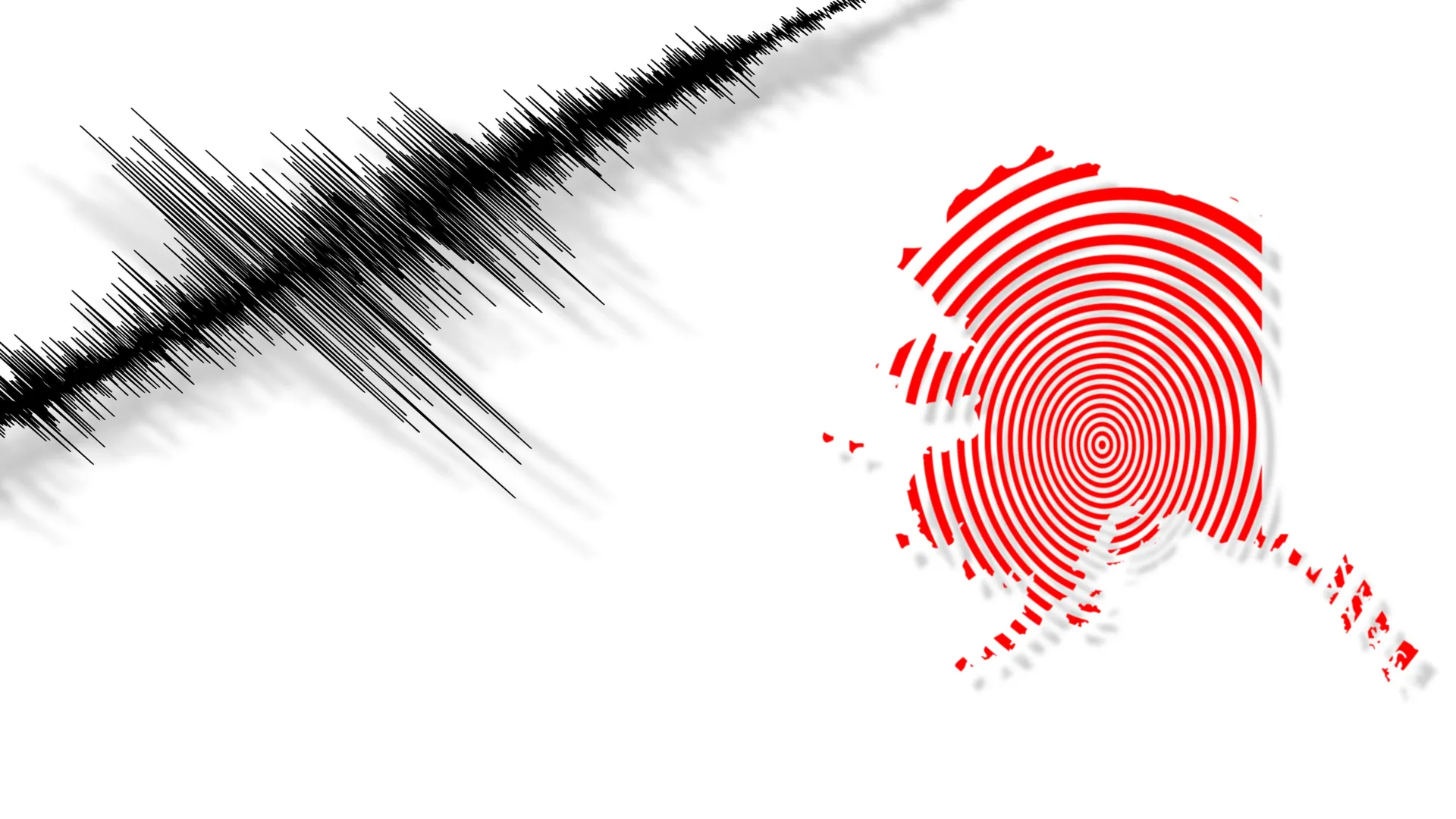Now Reading: Scientists Say Alaska May Get Two-Minute Warning Before Major Quake
-
01
Scientists Say Alaska May Get Two-Minute Warning Before Major Quake
Scientists Say Alaska May Get Two-Minute Warning Before Major Quake

Fast Summary
- A new study suggests an earthquake early warning (EEW) system in Alaska could provide hazardous shaking warnings of at least 10 seconds for most scenarios.
- Enhancing the density and placement of seismic stations could extend this to warnings ranging from 5 to 15 additional seconds.
- Alaska, known for frequent and large seismic events, experiences tens of thousands of earthquakes annually. The study explores specific warning times for different earthquake magnitudes and fault zones:
– magnitude 8.3: Warning times between 10 and 120 seconds along southcentral/southeast coastal faults.
– Magnitude 7.3: Warning times up to a maximum of 44 seconds in interior or southcentral fault zones.
– Magnitude 7.8 subduction events: Estimated warnings up to a maximum of around 73 seconds depending on location depth/style.
- Findings may help guide the extension of the U.S.’s ShakeAlert EEW system beyond California, Oregon, and Washington State.
- challenges include Alaskan weather conditions impacting remote seismic station maintenance, delays in disseminating alerts via technology (radio towers/satellites), and gaps where redundant systems are needed.
- Ocean-bottom seismometers (OBS) or distributed acoustic sensing (DAS) are highlighted as key future goals given tsunamigenic risks tied to offshore quakes.
Indian opinion Analysis
The findings on earthquake early warning systems underscore broader lessons applicable beyond Alaska that hold relevance for India due to its own notable seismic activity across Himachal Pradesh, Uttarakhand, jammu & Kashmir, Assam’s region tied geophysical Himalayan Tehran combined series potentially implementing extensive networks lags faces constant improve redundancy Disaster mitigating policy Fragile infrastructural readiness

























